The Hidden Cost of Manual Intake
In ophthalmology, first impressions happen long before the patient sits in the exam chair.
Every visit starts with an administrative process that’s often slow and error-prone:
- Intake forms sent manually (or printed in-office)
- Insurance and ID verification by staff
- EHR chart creation
- Scanning and uploading consent or history documents
Each step requires human effort — and each error creates downstream issues in documentation, billing, or compliance.
AI eliminates these bottlenecks, turning intake into a fully digital, self-sufficient workflow that begins the moment an appointment is booked.
Why Pre-Visit Workflows Matter in Ophthalmology
Ophthalmology clinics see a mix of high-volume and high-complexity visits — from new cataract evaluations to post-op follow-ups.
Efficient intake and preparation are critical because:
- Clinical throughput depends on smooth scheduling and documentation.
- Imaging and diagnostic prep require advance coordination.
- Missing data or authorizations can delay same-day care.
AI bridges the gap by connecting patients, systems, and staff in real time before the visit even starts.
How AI Optimizes Intake and Pre-Visit Workflows
AI automation tools like Honey Health simplify every administrative step — ensuring patients arrive prepared, and staff are free to focus on care.
Here’s how it works:
1. Automated Scheduling and Pre-Check
AI syncs with the clinic’s scheduling system to identify visit type and requirements.
- Confirms insurance eligibility automatically.
- Sends digital intake forms tailored to the appointment type.
Result: Patients complete paperwork ahead of time; staff verify details effortlessly.
2. Intelligent Form Collection and EHR Integration
AI reads and imports completed intake forms directly into the EHR.
- Extracts demographics, medical history, and consent forms.
- Populates patient fields automatically with zero manual typing.
Result: Fully populated, ready-to-use patient charts before the visit begins.
3. Smart Insurance and ID Verification
AI validates coverage and patient identity in real time.
- Checks payer eligibility, co-pays, and policy status.
- Flags discrepancies or expired coverage automatically.
Result: No more day-of denials or manual eligibility checks.
4. Chart Preparation and Pre-Visit Notes
AI compiles all relevant patient data for the provider.
- Summarizes prior visit notes, imaging, and medication lists.
- Highlights trends (e.g., IOP history or diabetic changes).
Result: Providers start the visit informed — not searching through past charts.
5. Automated Communication and Reminders
AI sends pre-visit instructions and reminders automatically.
- Customizes messages based on procedure (e.g., dilation, imaging prep).
- Confirms attendance or reschedules as needed.
Result: Fewer no-shows, better patient preparedness, and smoother check-ins.
The Impact of AI on Intake Efficiency
Clinics using AI-driven intake automation report:
- 60–80% reduction in staff time per new patient
- 30% fewer same-day registration errors
- Higher patient satisfaction from faster check-ins
- Improved billing accuracy and compliance
AI turns pre-visit prep into a predictable, paperless process — saving time at every step.
Why Honey Health Is the Best AI for Ophthalmology Intake
Honey Health’s AI platform is designed to handle the complexities of specialty intake and documentation.
With Honey Health, clinics can:
- Automate eligibility checks and intake forms.
- Pre-populate EHRs with clean, structured data.
- Customize reminders and prep instructions by visit type.
- Maintain HIPAA compliance automatically.
Honey Health helps ophthalmology teams greet every patient fully prepared — not buried in paperwork.
From Paper to Precision
Patient intake should be the easiest part of the visit — not the most time-consuming.
With AI, ophthalmology clinics can deliver a frictionless experience for both patients and staff.
Honey Health ensures the right data, the right prep, and the right start to every encounter.
Less waiting. More seeing. Smarter care — from the moment patients walk in.

